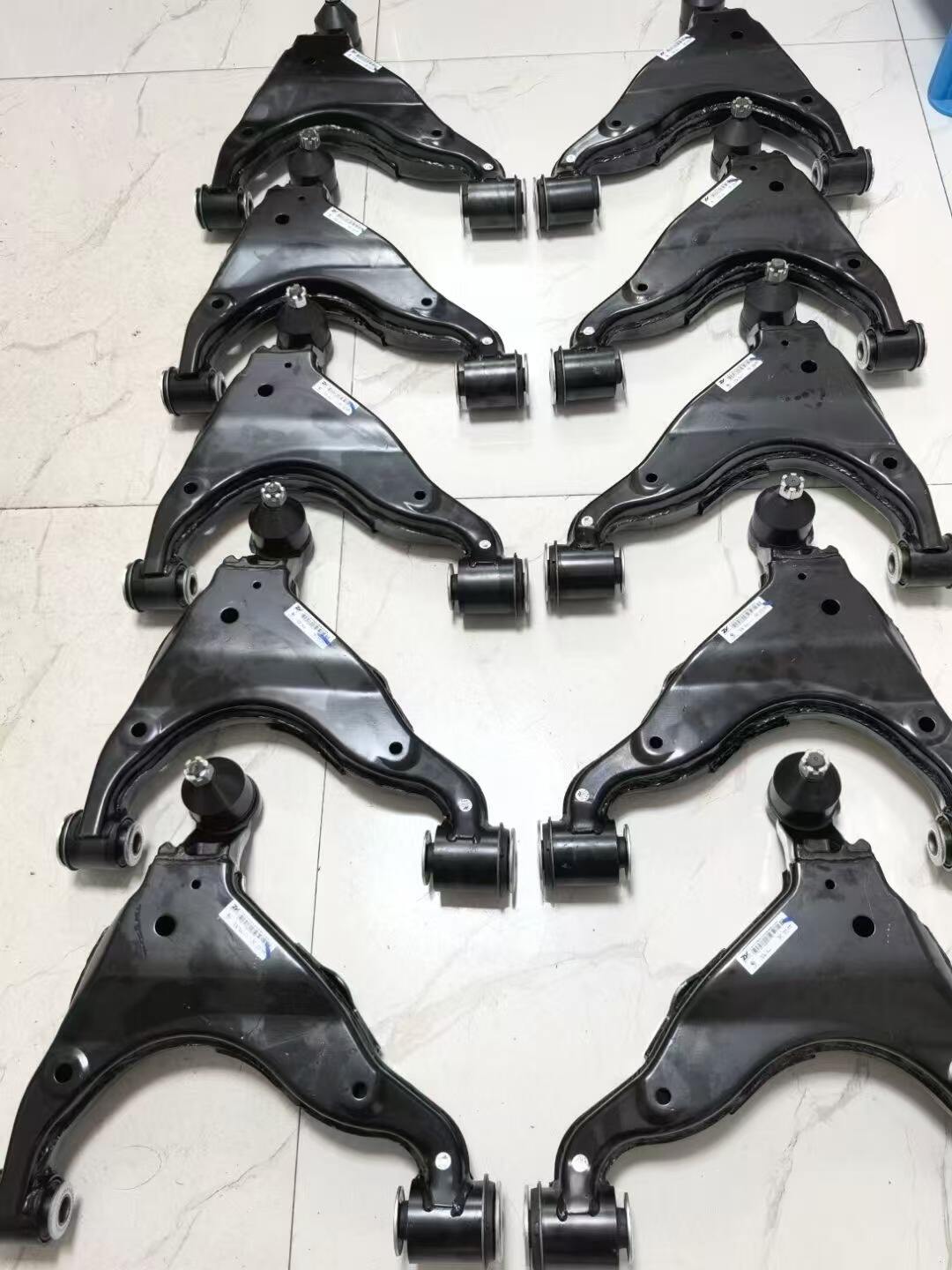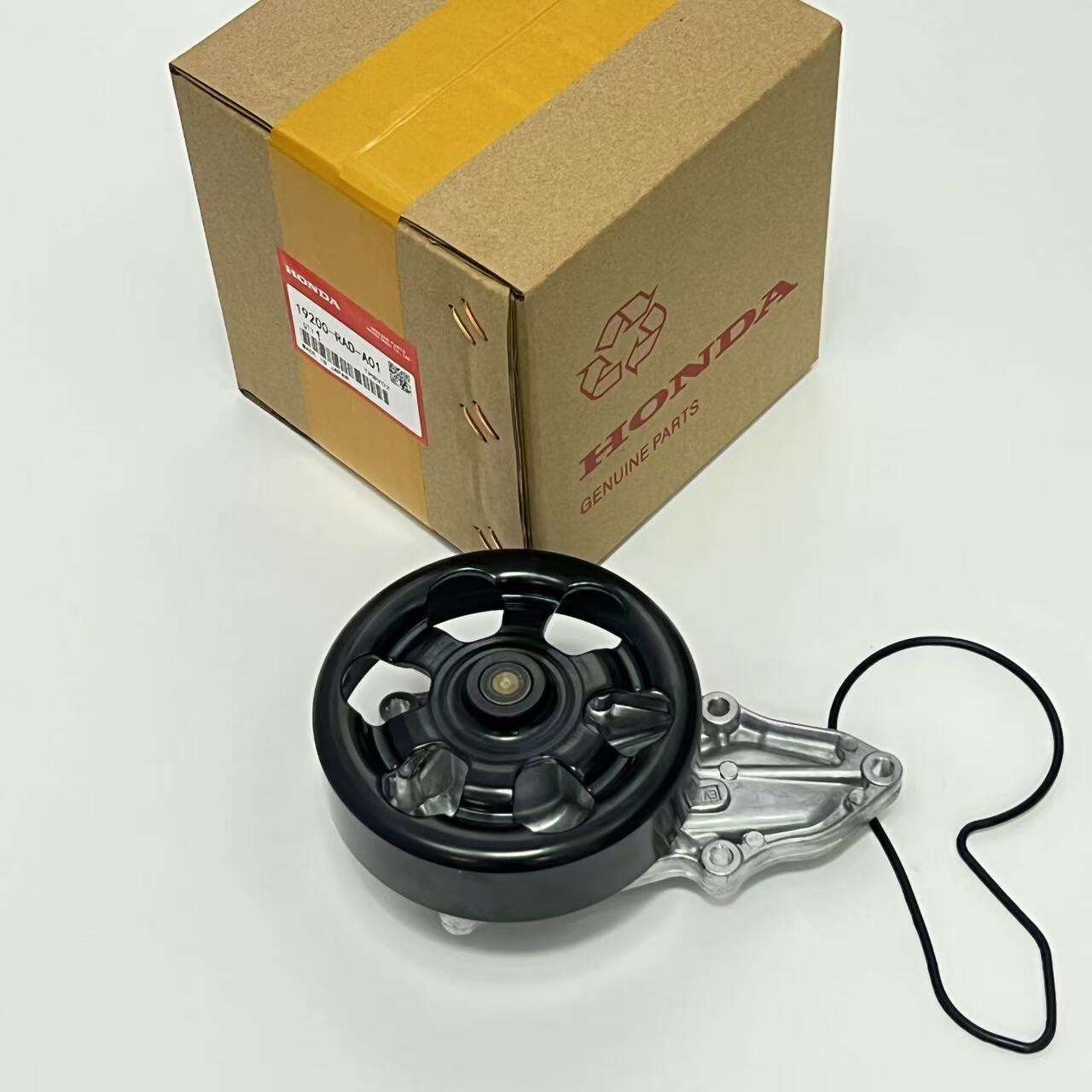best thermostat types
Modern thermostats have evolved significantly, offering diverse options to suit various needs and preferences. Smart thermostats lead the pack with their advanced features, including WiFi connectivity, learning capabilities, and remote control options. These devices can automatically adjust temperature settings based on daily routines, weather conditions, and occupancy patterns. Programmable thermostats provide excellent control over heating and cooling schedules, allowing users to set different temperatures for various times of the day and week. Non-programmable digital thermostats offer simple, reliable temperature control with clear digital displays and basic functionality. Line voltage thermostats are specifically designed for electric heating systems, providing precise temperature regulation for baseboards, radiant systems, and convectors. Low voltage thermostats work with most central heating and cooling systems, offering compatibility with furnaces, heat pumps, and air conditioners. Each type comes with specific features like touchscreen interfaces, energy usage reports, smartphone integration, and maintenance reminders. The best thermostats also incorporate energy-saving features, helping reduce utility bills while maintaining optimal comfort levels throughout the home.


